MSG In Dog Food Can Cause Brain Damage
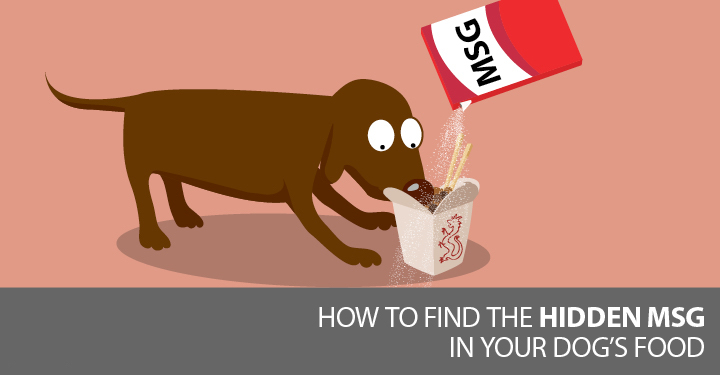 You’re probably familiar with monosodium glutamate (MSG) as a flavor enhancer in Chinese restaurant food and a lot of packaged food products like canned soups and vegetables, processed meats, snacks like potato chips, salad dressings and frozen dinners.
You’re probably familiar with monosodium glutamate (MSG) as a flavor enhancer in Chinese restaurant food and a lot of packaged food products like canned soups and vegetables, processed meats, snacks like potato chips, salad dressings and frozen dinners.
The US Food and Drug Administration (FDA) classifies it as GRAS (Generally Recognized As Safe) but still, quite a lot of people do experience unpleasant symptoms like headaches, flushing, sweating, nausea, heart palpitations, chest pain and facial numbness or tingling after eating food with MSG in it.
If you’re one of the people who doesn’t feel good after eating anything with MSG in it, you may try to avoid it in your own food. But what about your dog?
MSG lurks in many pet foods as well. And your dog can’t tell you he has a headache after eating it.
MSG Alters Brain Response
MSG is used as a flavor enhancer … but it’s actually quite tasteless itself. It works by tricking the brain into thinking food tastes good. It’s a type of neurotransmitter known as an excitotoxin, meaning it over-stimulates the brain, causing an overproduction of dopamine. This creates a brief sensation of wellbeing.
But it damages the brain and alters its ability to respond to the signal from the hormone leptin that tells us we’re full … which is why, when you eat foods containing MSG, you just want to keep eating, making the food seem almost addictive.
Of course, when it comes to dogs, most of them are greedy and just want to keep eating anyway … but if your dog’s eating kibble, MSG in his food might be increasing his seemingly endless hunger!
How It Can Harm Your Dog
It’s scary to think that MSG might damage your dog’s brain.
Dr Russell Blaylock, author of “Excitotoxins: The Taste that Kills” says that it can cause brain damage (in humans) and may trigger or aggravate learning disabilities as well as diseases like Alzheimer’s, Parkinson’s, and Lou Gehrig’s.
But that’s not all. Studies have shown other potential risks.
- A study in the 2008 Journal of Autoimmunity showed that injecting MSG into mice led to liver inflammation, along with obesity and Type 2 diabetes.
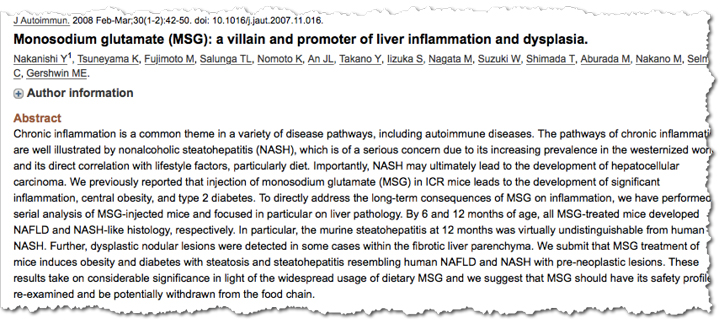
- Studies by Dr John Olney at Washington University using neonatal mice and varying injected doses of MSG found that the injections caused obesity, neuroendocrine disturbances, behavioral disturbances, as well as fetal brain damage in mice whose mothers who ate it when pregnant.
- Other studies in animals have shown that MSG is toxic to various organs such as the liver, brain, thymus, and kidneys.

And what’s worse, the effects accumulate over time.
How To Avoid It
That’s easier said than done. It’s really hard to find MSG on food labels. The FDA allows more than 40 ingredients that contain it. But because it isn’t added directly to the food, it doesn’t have to be listed on the label.
One of the pet food industry’s favorite forms of MSG is hydrolyzed protein, also used to enhance flavor. If you see “natural flavoring” or “digest” on the label, it’s probably hydrolyzed protein.
Apart from natural flavor, it can also appear under other names, including:
- Any type of protein isolate (e.g. soy protein isolate)
- Any type of textured protein (such as textured vegetable protein)
- Autolyzed yeast
- Hydrolyzed yeast
- Yeast extracts or yeast nutrient or yeast food
- Soy extracts
- Soy concentrate
- Sodium caseinate or calcium caseinate
- Disodium inosinate or disodium guanylate (which are flavor enhancers effective only in the presence of MSG)
- MSG (monosodium glutamate)
- Monopotassium glutamate
- Glutamate, glutamic acid, or free glutamate
Other Sources
Even if you’re a careful label reader, there are other ways your dog may be getting MSG in his diet.
Vegetables and Fruit
There’s a product called AuxiGro that contains hydrolyzed proteins and monosodium glutamate. AuxiGro is used to increase crop yields and is sprayed on crops like lettuce (various types), broccoli, tomatoes, potatoes, peanuts, celery, cucumbers, navy and pinto beans; grapes; onions; bell, green and jalapeño peppers, strawberries and watermelons.
When vegetables and fruit start to spoil, they’re often used in pet foods and advertised as all natural healthy ingredients. There’s no way of knowing whether MSG is in the produce in dog foods.
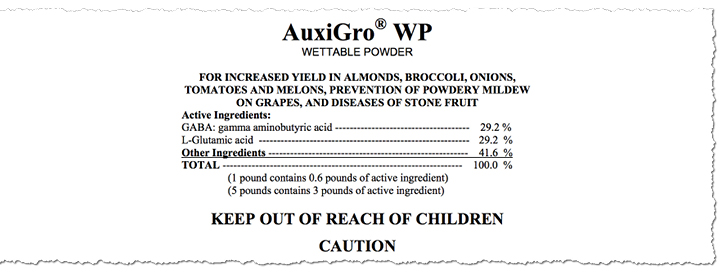 Dairy Products
Dairy Products
Processed free glutamic acid is in many dairy products like milk or cottage cheese, so if you add dairy to your dog’s diet, he may be getting some MSG that way too.
Coprophagia Products
If your dog’s a poop eater and you give him one of the products intended to prevent this behavior, beware … most of them contain some form of MSG, listed as monosodium glutamate, glutamic acid, or one of the other alternative names listed above. By the way, just about all of these products contain other undesirable chemical ingredients as well, so you might want to find another way to stop your dog’s poop eating habit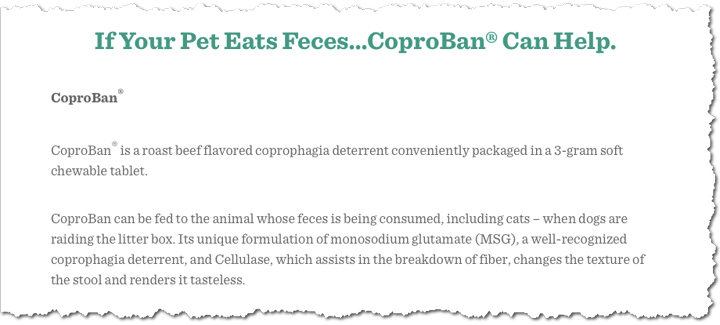


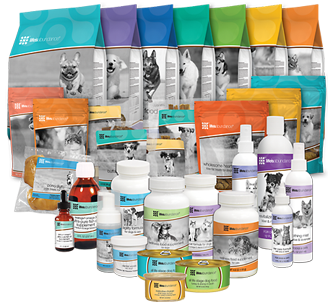 Life's Abundance Pet Foods
Life's Abundance Pet Foods
Leave a Reply